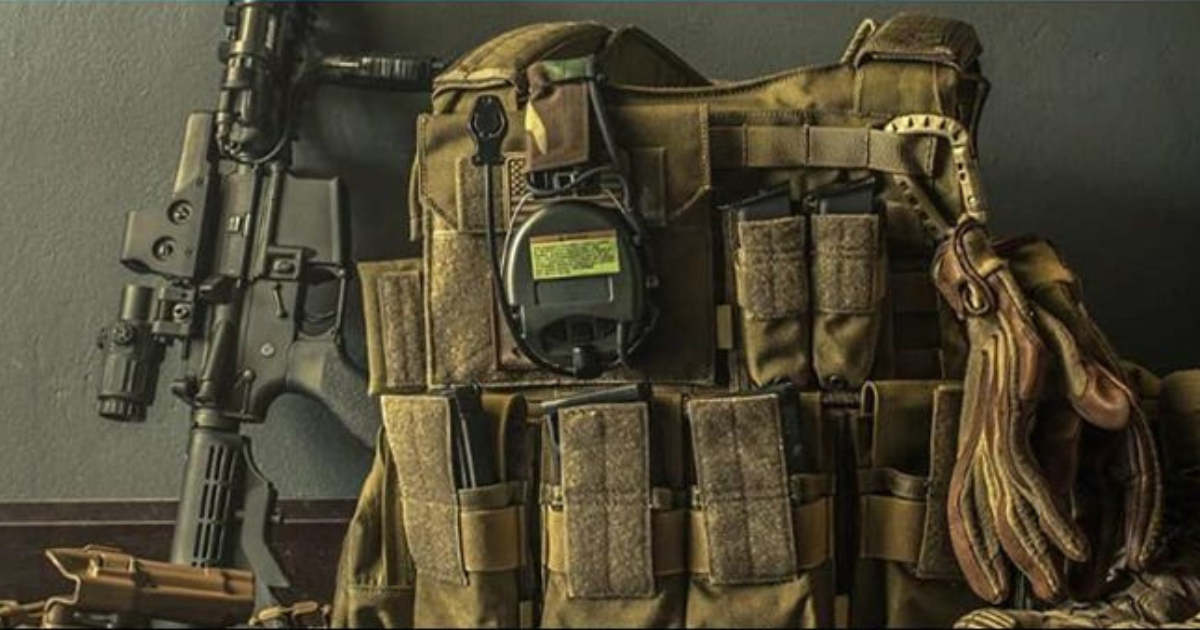In Part 1 of this two-part series, we’ll walk through the NIJ (USA) soft armor certification process from start to finish and why each test is important to ensure the protection of each level of armor.
For maximum protection, all soft armor in the US is NIJ certified. This is critical because the National Institute of Justice (NIJ) sets the national standard for body armor in the US to ensure that it works properly and offers the level of protection required against certain ballistic threats.
NIJ’s certification process is much more than a cursory glance at some arbitrary standards. This is an extensive hands-on process where more than 50 armor samples are put through a series of rigorous tests under various conditions that closely mimic the conditions users will encounter in real-life body armor.
The testing consists of not only testing ballistic protection, but also how well the armor holds up in environmental conditions such as extreme heat and humidity. These tests are conducted in NIJ-authorized laboratories that ensure compliance with NIJ’s strict standards.

High humidity and immersion of armor in water
Soft ballistic armor consists of tightly woven strands of fiber that must remain tightly woven to stop bullets, so they are enclosed within a waterproof membrane to protect against moisture. To simulate wearing body armor on hot days and in the rain, where moisture can be a problem, NIJ tests this sealed ballistic to ensure that the aramid threads do not loosen or separate when the panel is worn in high humidity or after submersion in water. The armor is also subjected to intense heat for extended periods to ensure that the threads do not separate or loosen too much from the high temperatures.
Armor wear test
After heat and moisture resistance tests, the armor is placed in a drum for 10 days to simulate five years of use and wear. Why five years? Because that’s the length of the manufacturer’s warranty on all NIJ-certified armor. If the armor sample can still stop a bullet after the wear test, the test is passed. Crafted armor must withstand up to five years of severe wear and tear and still be strong enough to protect the wearer.

Armor ballistic tests
NIJ (USA) Armor Protection Standards Testing: Why and How (Part 1) – 3 But does it all matter if the armor can’t stop bullets? The final and most important test is to subject the armor to tests with different calibers of bullets, which are most likely to be a direct threat to the wearer of this armor.
Soft armor offers two levels of protection: Level II and IIIA. Each is designed to absorb bullets up to a specific caliber and velocity. During the NIJ tests, six rounds of two different calibers are fired at the armor to evaluate its effectiveness:
NIJ level II
- 9mm FMJ, 124gr at 1305ft/s (397m/s)
- 357 Magnum JSP 158 gr at 1430 ft/s (435m/s)
NIJ Level IIIA - 357 Sig, 125 gr at 1470 ft/s (448m/s)
- 44 Magnum SJHP 240gr at 1430 ft/s (435m/s)
Each of the 12 samples is fired six times, for a total of 144 shots. This confirms that each panel is reusable, tested to absorb at least six rounds, which is more than most attackers will hit you in a firefight.
How accurate is the test? A single failure of any of the armor samples that does not stop all test bullets will result in a failure of the overall test.
